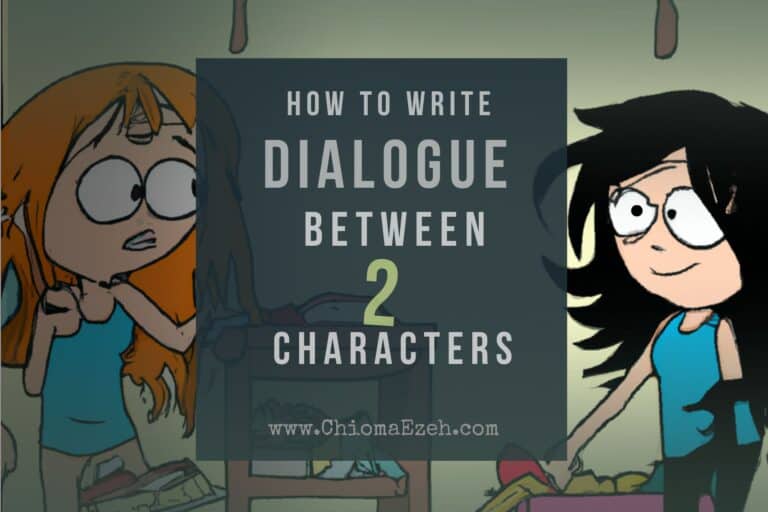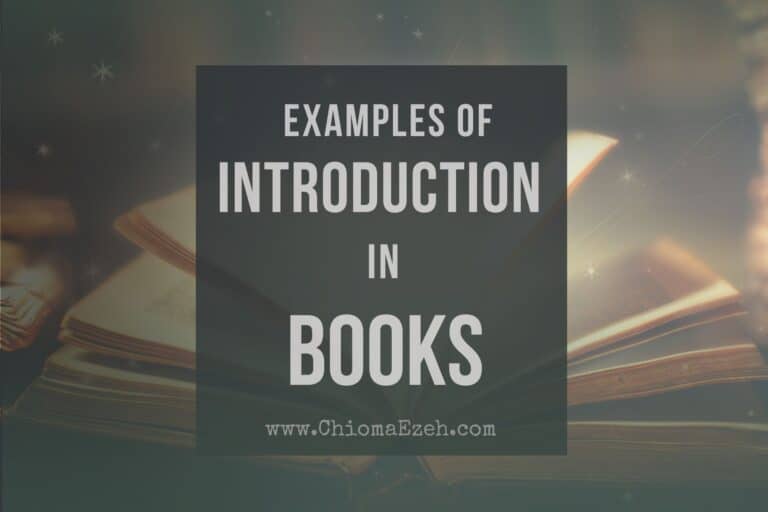What Is The Plot Of A Story? [A Simple Guide for Authors]
In the world of telling stories, the story plot is very important. It’s like a map of a fun journey that keeps people reading. A good story plot makes readers curious about what will happen next.
Instead of just being a list of what happens, the story plot is like a guide. It takes readers on exciting journeys with surprising twists and turns.
In this article, we’ll look at what makes a great story plot. We’ll break down its main parts and explain how they fit together. We’ll also give you some helpful tips for writing your own stories.
👉See our overview guide to how to write a great story for authors
Let’s Talk
Are you a writer aspiring to pen a masterpiece that never fails to captivate? Look no further. Reach out to us and uncover how we can help you to take your writing to unprecedented heights!

Definition Of Plot: What Is Plot In A Story?
In a story, plot is defined as the sequence of events that shape a broader narrative. It is a series of events that happen in a story. Plot is very important for making stories that readers love because it ties everything together. It takes the characters, settings, themes, and conflicts and turns them into a complete narrative.
A story plot has a clear beginning, middle, and end. It reaches a climax (high point) with a big event or conflict, and then it finds a resolution.
For example, think about the Harry Potter series by J.K. Rowling. The story plot follows Harry, a young wizard, as he spends seven years learning magic at Hogwarts School. Along the way, he and his friends Ron and Hermione face lots of challenges, and their biggest goal is to defeat the evil Lord Voldemort.
Why is the Plot Important in a Story?
A well-made plot is important in a story because it provides the base on which other elements, like character development, theme, and setting, are built on.
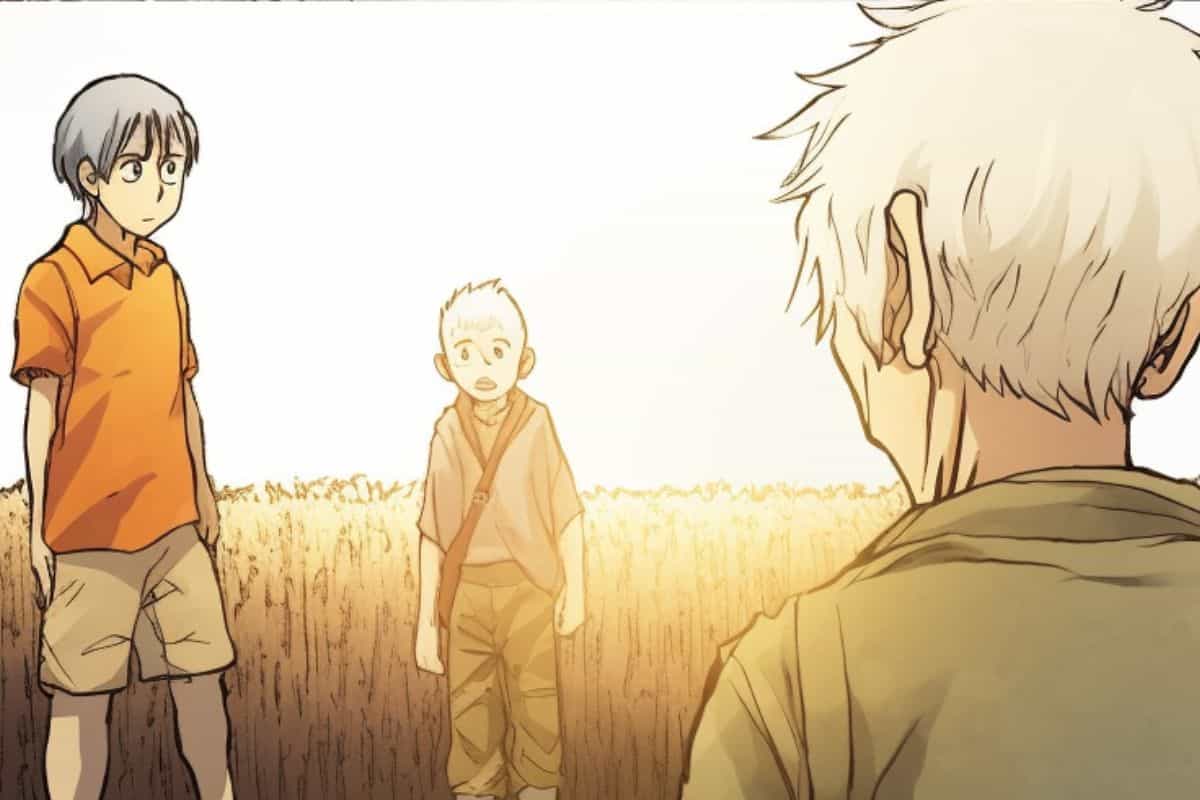
A plot that keeps your interest makes you want to keep reading by creating suspense and excitement as you follow the main character’s journey through different challenges and obstacles.
For instance, take J.K. Rowling’s Harry Potter series – the detailed plots keep readers interested while cleverly tying together many storylines into one overall tale with exciting twists and turns.
In short, a powerful plot acts as an anchor for keeping the storytelling clear and helps characters grow within any story, whether it’s a short story or a long novel.
What Are The Five Key Elements Of Plot?
If you want to write good stories, you need to understand the five elements or parts of a story plot. Here’s what they are:
- Exposition: This is where we meet the main characters and learn about the setting and the initial problem. It gives readers a solid base to understand the story.
- Rising Action: As the story goes on, things get more exciting. The characters face problems and make choices that affect what will happen later in the story.
- Climax: This is the turning point in the story. It’s when the main character faces the biggest problem or challenge. This is usually the most emotional or exciting part of the story.
- Falling Action: After the climax, we see how the characters deal with what’s happened. We see the results of the choices they made and the problems they faced.
- Resolution: This is where the story plot wraps up. It comes full circle. We find out what happens to each character after they’ve solved their problems or achieved their goals. It gives the reader a sense of closure.
By understanding these five parts, you’ll be able to create a great story plot that keeps readers hooked from beginning to end.
Different Types Of Plot Structures
There are many ways, or plot structures, to arrange events in a story. Let’s look at four main types: linear, non-linear, episodic, and emergent.
- Linear Plot Structure: A linear plot structure is like a straight line. The story begins at the start, moves through the middle, and ends at the finish. All the events happen in order, one after the other. This is easy for readers to follow and understand.
- Non-linear Plot Structure: In a non-linear plot structure, events don’t happen in order. Instead, the story might jump around in time. It could include flashbacks to the past, time jumps, or parallel storylines.
- Episodic Plot Structure: An episodic plot structure is like a series of short stories or episodes, all linked together. It derives from the name “episodes.” Each episode has its own plot, conflict, and resolution but is connected to the other episodes somehow.
- Emergent Plot Structure: In an emergent plot structure, the story unfolds as it goes along. The writer doesn’t plan the whole story in advance but instead lets it grow and change naturally.
| Plot Type | Description | Purpose | Examples |
|---|---|---|---|
| Linear Plot | Follows a chronological sequence of events | Provides clarity for readers | “Harry Potter Series” by J.K. Rowling |
| Non-Linear Plot | Deviates from the chronological order and presents events out of sequence | Includes flashbacks, time jumps, or parallel storylines | “The Time Traveler’s Wife” by Audrey Niffenegger |
| Episodic Plot | Series of loosely connected events or episodes. | Own conflict and resolution | The TV show “Friends” |
| Emergent Plot | Non-linear plot emerges organically as the story progresses | No predetermined endpoint | “A Confederacy of Dunces” by John Kennedy Toole |
| Circular Plot | Story ends where it begins | Shows the main character’s journey full circle | “The Lord of the Rings” by J.R.R. Tolkien |
| Parallel Plot | Follows multiple characters or storylines at the same time | Often intersect or influence each other | “Game of Thrones” by George R.R. Martin |
Remember, there’s no right or wrong plot structure. You can choose whichever one suits your story best!
7 Types Of Plot In Literature
The magic of a good story lies in its plot structure. This is the skeleton of a story, a way to arrange the story plot’s main points in a way that makes sense.
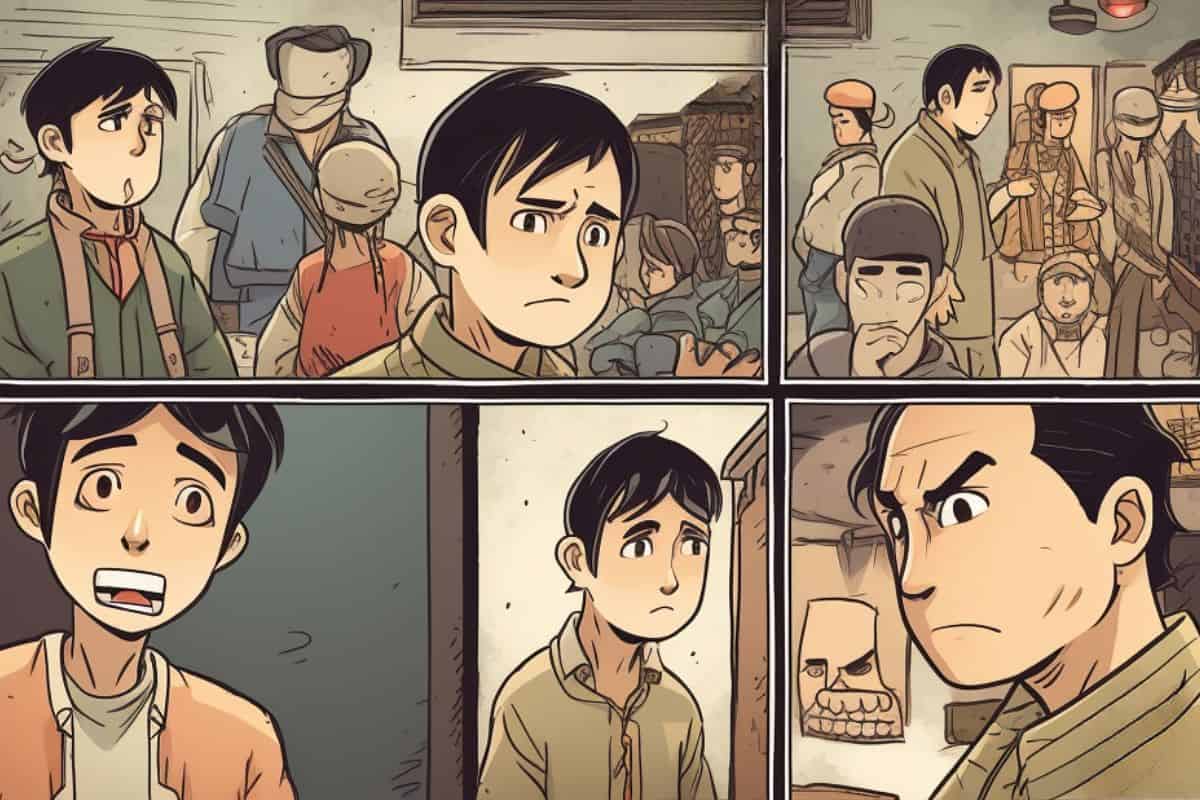
This helps to create a complete narrative where events in the story have a cause and effect relationship. Let’s talk about the seven basic plots that most stories follow.
- Overcoming the Monster: The main character or protagonist faces a big, scary problem – like a dragon or a villain. Think of Harry Potter in “Sorcerer’s Stone”.
- Rags to Riches: In this plot, the story begins with the main character in a sad or tough situation. But, through a series of major events, they find a happy ending. Cinderella is a good example.
- The Quest: Here, the main character and other characters go on a journey to achieve something important.
- Voyage and Return: In these plot examples, one character goes to an unknown place, learns something important, and then returns home as a changed person.
- Comedy: This plot can make a reader feel emotion, and often, it makes them laugh. It’s like a tangled ball of string, with many plot points confused, but then everything gets sorted out.
- Tragedy: This is a story where the main character’s mistakes lead to destructive or painful action.
- Rebirth: This plot has a special plot device – the bad or not-so-nice main character becomes good.
Now, when you write your own stories, you can think about these plot structures. They’re like a plot diagram or map for your story.
You can think about how you want your story to begin, what will be the inciting incident that starts the main conflict, what challenges your protagonist finds, and how the story ends.
What Are Common Plot Devices Used In A Story?
When writing a story, authors use different techniques to make the plot more exciting. These include foreshadowing, flashbacks, cliffhangers, red herrings, and dramatic irony.
- Foreshadowing: Authors give clues about future events, creating curiosity. Example: Harry Potter’s ability to speak snake language hints at his connection with Voldemort.
- Flashbacks: Authors tell about past events to provide character motivation. Example: “The Great Gatsby” reveals the main character’s past through flashbacks.
- Cliffhangers: Exciting moments that leave readers eager for what happens next. Example: Harry Potter series frequently ends books on cliffhangers.
- Red Herrings: False clues or misleading information to confuse readers. Example: “Murder on the Orient Express” reveals all suspects were working together.
Plot-Driven Vs. Character-Driven Stories
When it comes to storytelling, there are two main types of stories – plot-driven and character-driven.

In a plot-driven story, the plot is typically more important than individual characters. The protagonist’s fate or success is often based on external factors like a challenging situation or a destructive action from another character.
Examples of popular plot-driven stories include J.K. Rowling’s ‘Harry Potter’ series and Shakespeare’s ‘A Midsummer Night’s Dream’.
On the other hand, in a character-driven story, emphasis falls heavily upon how each event affects an individual character’s inner world.
Here’s a table highlighting the detailed differences between plot-driven and character-driven stories:
| Aspect | Plot-Driven Stories | Character-Driven Stories |
|---|---|---|
| Focus | Emphasis on events and external action | Emphasis on characters and their development |
| Plot Development | Intricate and complex plot structure | Simple or linear plot structure |
| Conflict | External conflicts drive the story | Internal conflicts shape the story |
| Character Development | Characters may serve the plot’s purpose | Characters are central to the story’s arc |
| Tension and Suspense | Suspense created through plot twists | Suspense created through character dynamics |
| Reader Engagement | Readers hooked by plot twists and turns | Readers engaged by character growth |
| Resolutions | Plot resolution takes precedence | Character growth and resolutions matter |
| Examples | Action thrillers, mysteries, adventures | Coming-of-age stories, literary dramas |
Note: It’s important to keep in mind that these distinctions are not absolute, and many stories can have elements of both plot-driven and character-driven narratives.
Plot Vs. Story: What’s the Difference?
While plot and story are often used interchangeably, they do have distinct differences. A story is a narrative of events arranged in their time-sequence, while a plot is also a narrative of events but focuses on the cause-and-effect relationship among those events.
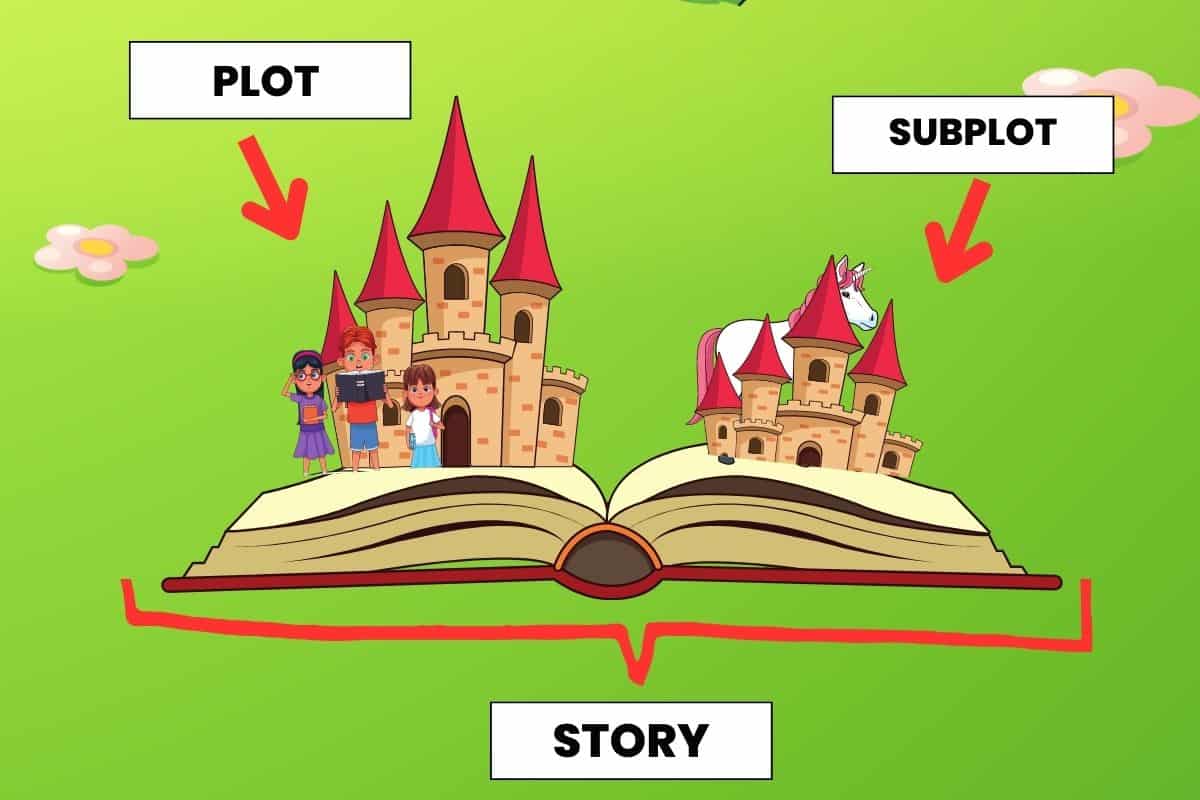
In simpler terms, the story is what happens, while the plot is how it happens.
Understanding this difference can help fiction writers to focus on developing characters’ motivations and making sure their actions make sense within the context of the plot.
Here’s a table showing the differences between plot and story:
| Aspect | Plot | Story |
|---|---|---|
| Definition | The sequence of events in a narrative | The broader narrative that includes the plot |
| Focus | Events and their causal relationships | Overall narrative, including characters, themes, and emotions |
| Structure | Logical arrangement of plot elements | Narrative structure, including plot, character development, and themes |
| Purpose | Drives the progression of the narrative | Provides a framework for conveying a message or engaging the reader |
| Sequence | Chronological order of events | Narrative can be nonlinear or non-chronological |
| Tension and Conflict | Central to creating suspense and drama | Adds depth and complexity to the plot |
| Character Development | Serves to advance the plot | Characters contribute to the overall story |
| Examples | A murder mystery with plot twists | A story about personal growth and transformation |
While “plot” and “story” are often used interchangeably, their distinction lies in their specific focus and purpose within a story. The table provides a general comparison to highlight their primary differences.
What Is A Plot Diagram?
A plot diagram is a graphical representation that shows the sequence of events in a story. It’s an excellent tool for fiction writers as it helps them visualize and organize their story into a clear structure consisting of five parts: exposition, rising action, climax, falling action, and resolution.
In the exposition stage or beginning of the story, background information about characters and setting is introduced to provide context for what follows. The rising action then introduces conflict or challenges that face the protagonist leading up to the climax point where tension reaches its highest point.
Plot Vs. Story Venn Diagram
A Venn diagram can be a helpful tool for visualizing the differences and similarities between plot and story. This Venn diagram illustrates the key aspects of plot and story, as well as the elements they share.
| Plot | SharedElements | Story |
|---|---|---|
| Sequence of events | Characters | Narrative of events arranged in time-sequence |
| Beginning, middle, and end structure | Setting | Worldbuilding |
| Emphasis on cause and effect relationships among events | Theme | Atmosphere and mood |
| Climax and resolution | Focus on character development and growth | |
| Structured by action and events | Can include inner thoughts, emotions, and personal journey of characters |
Examples Of Strong Plots In Popular Stories
Some books, film and TV shows, like “The Hunger Games,” “Breaking Bad,” and “The Godfather,” have really good plots that keep readers and viewers excited. Even the Harry Potter series has a very interesting story plot that grabs our attention.
Example 1: The Hunger Games
“The Hunger Games” is a great example of a well-put-together story. It follows the classic structure of exposition, rising action, climax, falling action, and resolution.
The story introduces us to a girl named Katniss Everdeen who lives in a world where teenagers must fight each other every year in an event known as “the Hunger Games.” The inciting incident that gets the story rolling is when Katniss steps in to take the place of her little sister Prim in the games.
After that, we see Katniss and the other players in the games trying to survive. They make friends, fight each other, and do everything they can to be the last one left.
Example 2: Breaking Bad
“Breaking Bad” is a popular TV show that is known for having an excellent plot. It tells the story of Walter White, who starts off as a high school chemistry teacher but becomes a drug dealer after he finds out he has cancer.
The show has many elements that make it interesting, like the way the characters change over time and the problems they face. Every episode of Breaking Bad adds to the suspense of the story and leads up to surprises that keep viewers wanting to watch more.
Example 3: The Godfather
“The Godfather,” one of the most famous movies ever, tells the dramatic and sad story of the Corleone family’s journey to becoming powerful in the world of organized crime. The movie’s plot follows a linear structure, meaning it starts by introducing us to the characters and then moves forward in time.
Throughout the movie, we see how one event leads to another and how they affect the main conflict in the story. From Vito being attacked to Michael becoming the new leader of the family, each event adds to the suspense until everything is resolved at the end.
“The Godfather” uses a multi-layered plot to explore themes such as power, corruption, and family loyalty.
Example 4: The Harry Potter Series
The Harry Potter series is a great example of a strong plot. Each book in the series has a clear beginning, middle, and end, and the well-defined plot points (events that happen in the story) keep it moving forward.
J.K Rowling’s use of foreshadowing creates a feeling of suspense throughout the books, which keeps readers interested in the story. The main conflict, which is the battle between good and evil, is present throughout the series and leads up to the most exciting point in the last book.
The characters in the series are complex and interesting, and their own conflicts add depth to the main story.
How To Write A Story Plot
- Start with the Inciting Incident: This is the event that kicks off your story and sets your protagonist on their journey.
- Develop Your Character: Create a well-rounded protagonist with motivations, goals, and flaws that will drive your plot.
- Define Your Conflict: Your protagonist needs to face a challenging situation or problem that they must overcome through the course of the story.
- Establish Rising Action: The main conflict should be complicated by smaller conflicts that build tension and move the story forward.
- Build to a Climax: The climax of your story should be the highest point of tension and where everything comes to a head.
- Provide a Resolution: Resolve the conflict in a satisfying way, either positively or negatively, but make sure it makes sense for the plot and characters.
- Tie Up Loose Ends: Make sure all loose ends are neatly tied up so that readers don’t leave feeling confused or frustrated.
Remember to consider Freytag’s Pyramid as you develop your plot, which includes exposition, rising action, climax, falling action, and resolution. Think about adding unexpected twists and turns to keep readers engaged throughout.
Tips for Crafting a Compelling Plot
- Start with a Clear Premise and Goal
- Before writing, have a clear idea of what your story is about.
- The premise is the core idea, and the goal is what you want to achieve.
- Develop Complex Characters
- Create characters with flaws, strengths, and weaknesses.
- Give them a backstory to explain their actions.
- Conflicting relationships add intrigue.
- Build Tension and Conflict
- Keep readers engaged by creating challenging situations.
- Introduce obstacles and cliffhangers for suspense.
- Use the Plot to Drive Character Development
- Events in the story should change characters.
- Each challenge shapes the protagonist into a stronger character.
FAQs On What Is the Plot Of A Story?
1. What is the plot of a story?
The plot of a story refers to the sequence of events that make up the storyline, including the introduction, rising action, climax, falling action, and resolution.
2. How does a plot work?
A plot works by sequentially arranging the major events in your story so that they build upon one another, creating rising action leading up to the climax, followed by falling action leading towards resolution or conflict resolution.
3. How do I create a compelling plot for my own story?
To create a compelling plot for your own story, consider incorporating conflict or obstacles that your characters must overcome throughout their journey. Additionally, try to build tension and suspense as you move towards the climax of your narrative.
4. What are some common elements found in well-crafted plots?
Well-crafted plots often include character development, unexpected twists and turns in the storyline, emotional resonance with readers or audiences, and clear resolutions to conflicts introduced earlier in the narrative.
5. Can I change my story’s plot after I’ve started writing it?
Yes! While it can be helpful to have an outline or plan in place before beginning your writing process, many authors find that their stories develop organically over time – meaning it’s okay (and sometimes necessary) to make changes or adjustments to their original ideas along the way.
6. Are there different types of plots?
There are seven common types of literary plots: Overcoming The Monster Plot (e.g., Harry Potter Series), Rags To Riches Plot (e.g., Cinderella), Rebirth Plot (e.g., A Christmas Carol), Quest Plot (e.g., Lord Of The Rings), Journey And Return Plot (e.g., Alice In Wonderland), Tragedy Plot (e.g., Romeo And Juliet) and Comedy PLot(e.g.A Midsummer Night’s Dream).

![How To Format Dialogue In A Story [Tips & Examples]](https://chiomaezeh.com/wp-content/uploads/2023/03/How-to-format-dialogue-in-a-story-2-768x512.jpg)
![What Is The Three Act Structure? [Defintion, Outline, & Examples]](https://chiomaezeh.com/wp-content/uploads/2023/03/Three-act-structure-1-768x512.jpg)
